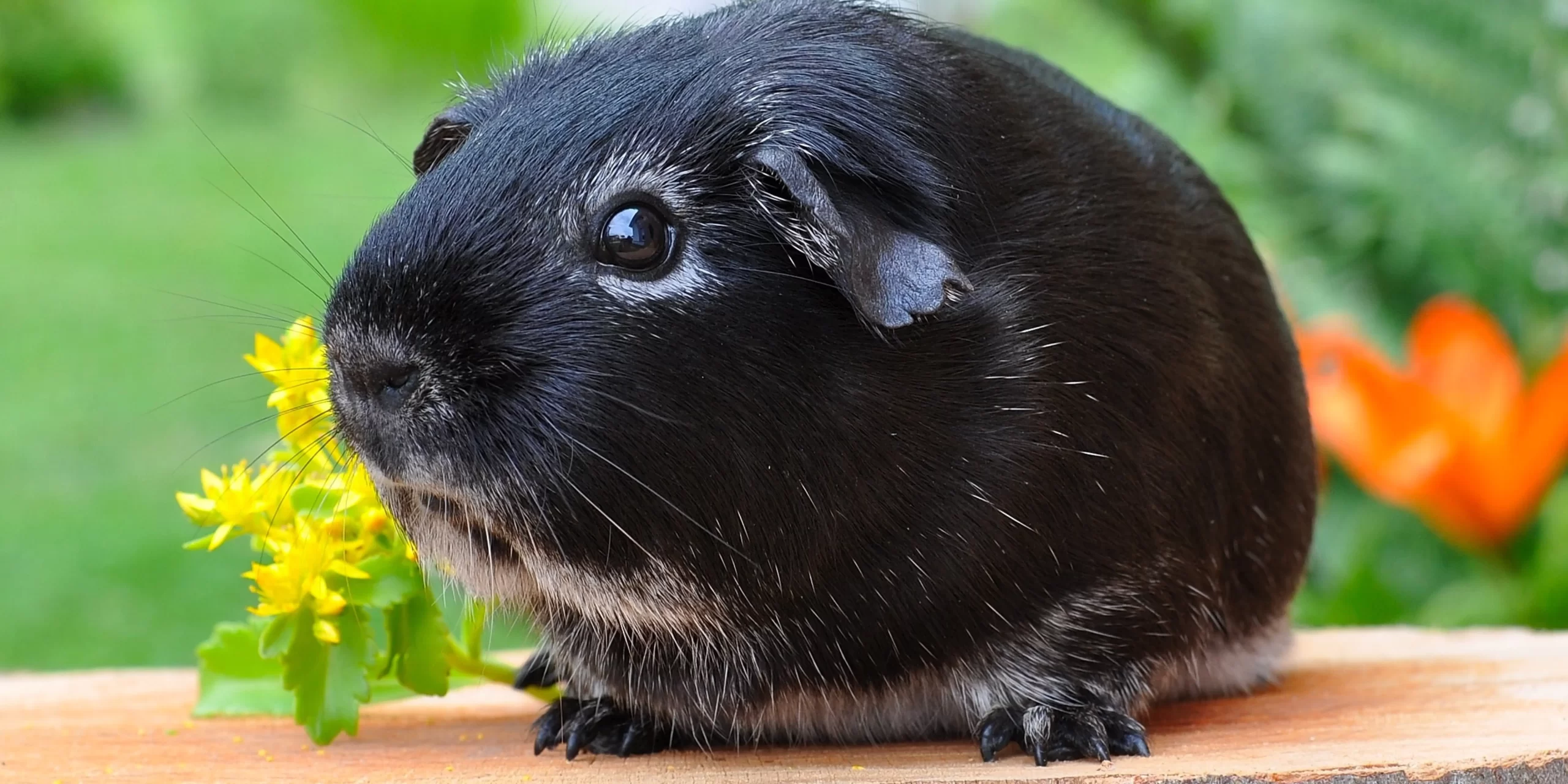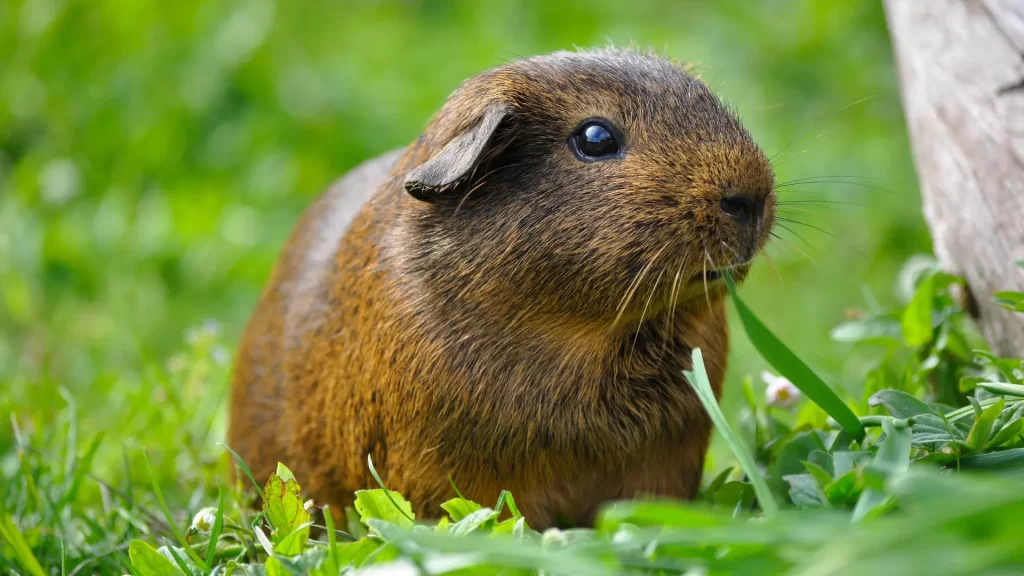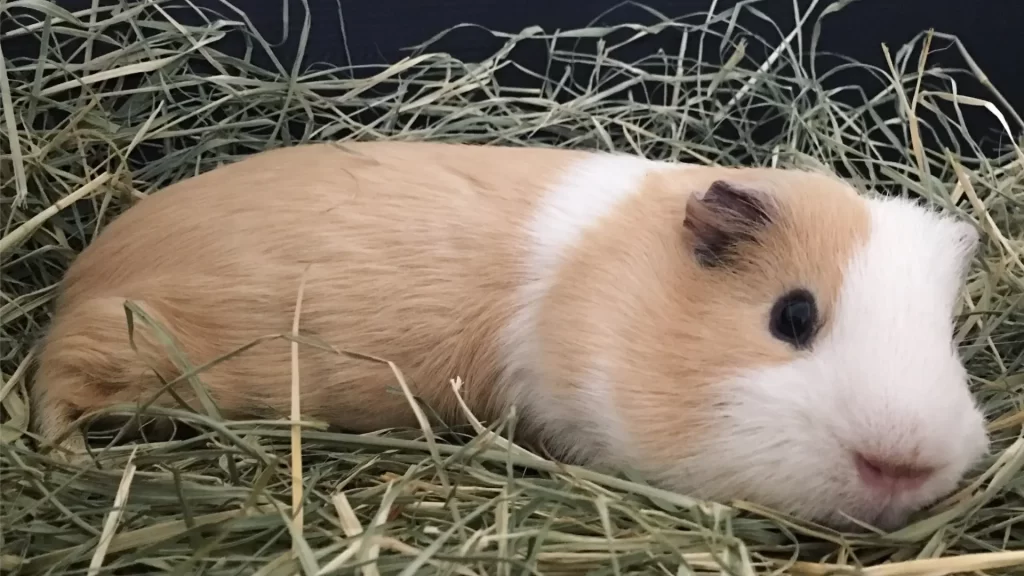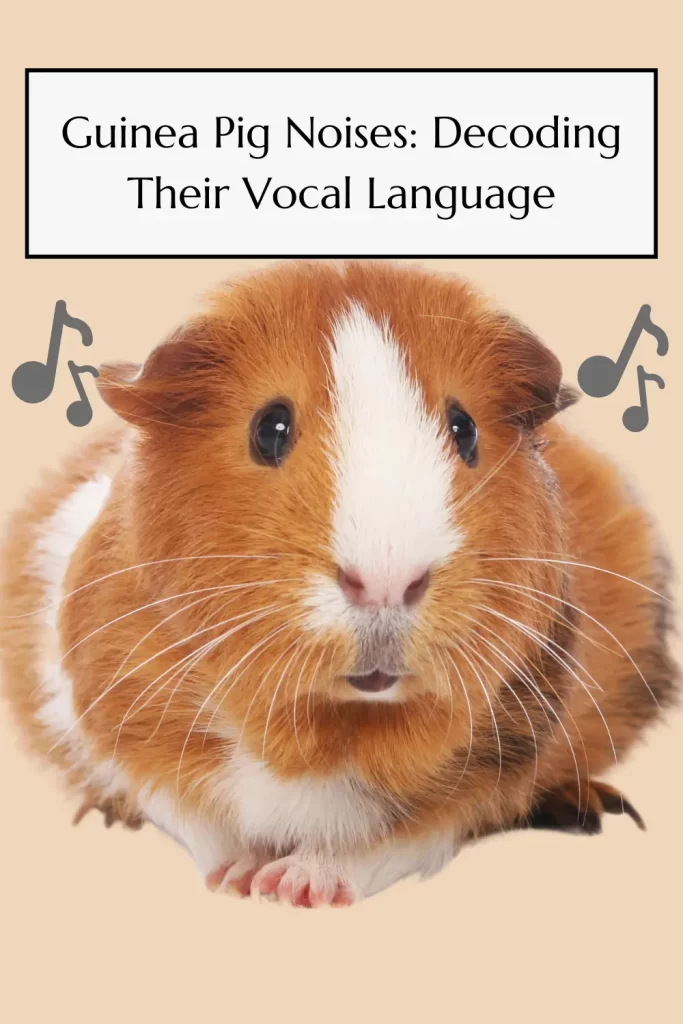
Guinea pigs, those adorable and sociable creatures, have a unique way of communicating their emotions and desires through an intriguing range of noises. As highly expressive animals, they rely on distinct vocalizations to convey a variety of messages to their owners and fellow guinea pigs. Understanding their vocal language is essential for every guinea pig owner, as it strengthens the bond and enables better care for these delightful pets. In this comprehensive guide, we will explore the captivating world of guinea pig noises, delving into how they use sound to express happiness, hunger, playfulness, distress, and more. By decoding their vocal cues, you can ensure a happy and fulfilling life for your beloved guinea pigs.
Communication is at the heart of every social species, and guinea pigs are no exception. These adorable rodents use an array of vocal sounds to express their feelings and needs to others in their group and their human caretakers. Each noise has a unique meaning, and being attuned to these vocal cues is crucial for fostering a strong and harmonious relationship with your guinea pigs.
Guinea Pig Sounds
When guinea pigs are content and at ease, they emit soft and gentle sounds, indicating their happiness and satisfaction. This is often expressed through a delightful “purring” sound, akin to a cat’s purr. As you interact with your guinea pig through petting and cuddling or simply when they feel safe in their environment, you may hear this rhythmic and soothing purr. Recognizing and responding to this contented sound is essential for ensuring their well-being and emotional fulfillment.

Conversely, when guinea pigs are hungry and eager for a tasty treat, they communicate their needs through “wheeking” sounds. These high-pitched and continuous noises are unmistakable and serve as a clear signal for their anticipation of food. Guinea pigs are enthusiastic eaters, and wheeking is their way of expressing excitement and eagerness to satisfy their hunger. Providing a balanced and nutritious diet is essential for keeping your guinea pigs healthy and happy.
During playtime and moments of joy, guinea pigs may engage in playful “chutting” sounds. These rapid and staccato-like noises reflect their enthusiasm and happiness while running around their cage, exploring new toys, or interacting with their cage mates. Observing and appreciating their playful sounds adds to the joy of bonding with these charming pets.
Just like any living beings, guinea pigs may become anxious or upset in certain situations, and they communicate their distress through various vocalizations. For instance, teeth chattering is a common upset noise, characterized by rapid and chittering sounds, sometimes accompanied by teeth grinding. This noise serves as a warning sign that your guinea pig may feel threatened or frightened. Identifying and addressing the source of their discomfort promptly is essential for creating a safe and reassuring environment for them.
Moreover, guinea pigs also use vocal sounds to communicate among themselves. From mothers soothing and reassuring their pups with soft clucking noises to various sounds during social interactions expressing excitement, curiosity, or submission, their vocal language is a key element of their social dynamics. Understanding their interactions through sound helps maintain a harmonious and happy group of guinea pigs.

Breakdown of Guinea Pig Noises
1. Happy Noises
When guinea pigs are content and at ease, they emit soft and gentle sounds, expressing their happiness and satisfaction. One of the most common happy noises is the delightful “purring” sound. Similar to a cat’s purr, it is a rhythmic, soothing noise that indicates comfort and relaxation. Guinea pigs may purr when they are petted, cuddled, or feel safe in their environment. As you stroke their fur or offer treats, you may notice this gentle purring, which is a clear sign of their happiness and contentment.
2. Hunger Sounds
Guinea pigs are enthusiastic eaters, and they have a unique way of letting you know when they’re hungry: through “wheeking” sounds. Wheeking is a high-pitched, continuous noise that sounds like “wheeeek” or “weeeek.” They use this vocalization to express their eagerness for food and their anticipation of a tasty treat. As a responsible owner, recognizing their hunger cues and providing them with a balanced diet is crucial to keeping them healthy and satisfied.
3. Playful Noises
When guinea pigs are excited and full of joy, they may emit playful “chutting” sounds. Chutting is a series of rapid, staccato-like noises that resemble “chut-chut-chut” or “dak-dak-dak.” You may hear them chutting while running around their cage, exploring new toys, or engaging in social interactions with other guinea pigs or even humans. This sound indicates their enthusiasm and happiness during playtime.
4. Upset or Anxious Noises
Guinea pigs, like any living beings, can become anxious or upset in certain situations, and they communicate their distress through various vocalizations. A common upset noise is the “teeth chattering,” which is a rapid, chittering sound. It may also be accompanied by teeth grinding, signaling that they feel threatened or frightened. Teeth chattering serves as a warning sign, and it’s essential to identify the source of their discomfort to create a safe and calming environment for them.

5. Relaxed and Comfortable Noises
When guinea pigs feel secure and at ease, they may emit low “rumbling” sounds. The rumble is a deep, purring-like noise that is gentle and soothing. Guinea pigs often make this sound when they are enjoying a nap or being cuddled by their owners. It is an expression of contentment and trust, indicating that they feel safe and comfortable in their surroundings.
6. Warning Noises
Guinea pigs have a distinct “squealing” noise, which serves as a warning or alert to potential threats. The squealing can be high-pitched and sharp, resembling a short, loud “wheek.” Guinea pigs may make this sound when they sense danger, such as when they are introduced to an unfamiliar environment or encounter a dominant guinea pig. Being attentive to their cues and responding appropriately will prevent them from feeling stressed or overwhelmed.
7. Communication Among Guinea Pigs
Guinea pigs also use noises to communicate with each other. For instance, mothers will make soft clucking noises to soothe and reassure their pups. Additionally, guinea pigs can make a range of sounds during social interactions, expressing various emotions like excitement, curiosity, or submission. Observing their interactions and the noises they make can provide insight into their social dynamics and overall well-being.
Conclusion
Guinea pig noises form a captivating vocal language that reflects their emotions and needs. Understanding and interpreting these sounds is an essential skill for every guinea pig owner. From the gentle purring of happiness to the enthusiastic wheeking for food and the playful chutting during fun times, each noise holds valuable information about their feelings. Likewise, recognizing warning sounds like teeth chattering and squealing can help mitigate potential stress or danger. By learning to decode their vocal language, you can build a stronger bond with your guinea pigs and provide them with the care and love they deserve. Remember, guinea pigs are social and expressive creatures, and by paying attention to their unique vocalizations, you will foster a happier and healthier relationship with these endearing pets.


